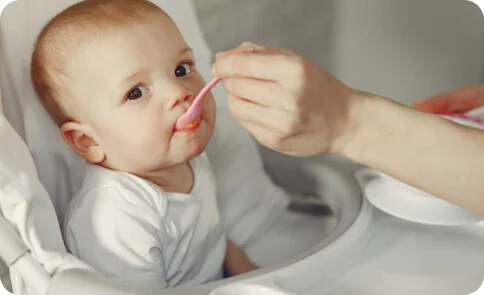
Evolution of baby feeding: An Amazing Story
The historical evolution of feeding practices for a full-term infant immediately after birth includes wet nursing, the feeding bottle, and formula use. The purpose of this article is to explore each component and their combined impact on current infant-feeding trends and child health. We provide a review of wet nursing, the feeding bottle, and the use of formula from Ancient Roman times to the extinction or peak of the practice, as well as discussion of infant-feeding trends indicating the rise of bottle feeding and the rapid decline of breastfeeding.
Use of a wet nurse, “a woman who breastfeeds another's child” (Davis, 1993, p. 2111), was a common practice before the introduction of the feeding bottle and formula. Wet nursing began as early as 2000 BC and extended until the 20th century. Throughout this time period, wet nursing evolved from an alternative of need (2000 BC) to an alternative of choice (950 BC to 1800 AD). It became a well-organized profession with contracts and laws designed to regulate its practice. Despite objections during the Middle Ages and the Renaissance, wet nursing continued until the feeding bottle was introduced in the 19th century. With a feasible alternative feeding method available, wet nursing as a profession quickly declined to extinction.
Although wet nursing was the alternative feeding method of choice, evidence suggests that artificial feedings were also used in ancient times (Osborn, 1979). Vessels of all shapes and sizes have been found, dating back thousands of years BC. Crude feeding bottles and issues with their cleanliness were written about through the Roman Era, Middle Ages, and the Renaissance. It was not until the Industrial Revolution that a refined, hygienic feeding bottle became available (Wickes, 1953).


